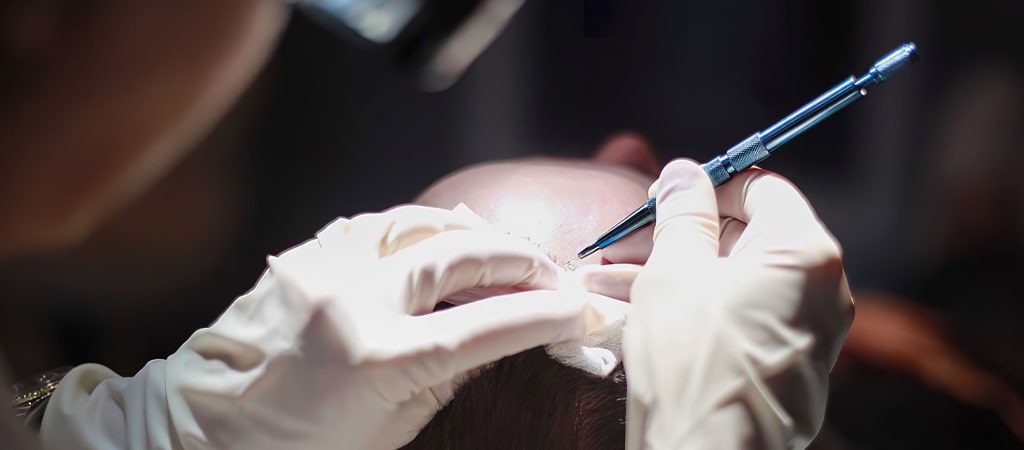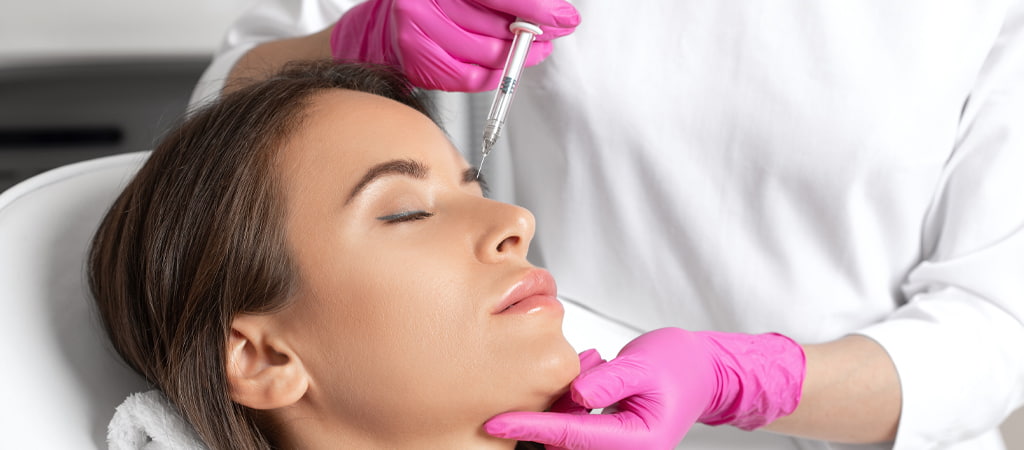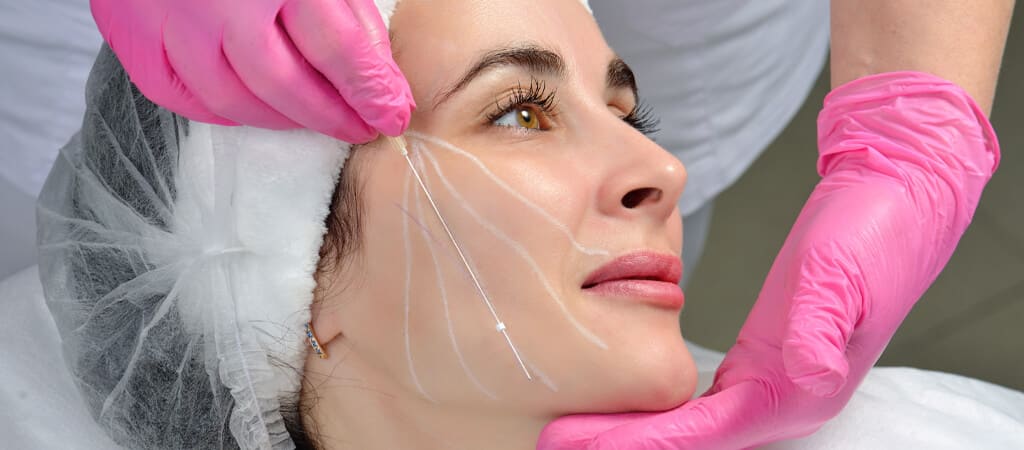What is Rhinoplasty?
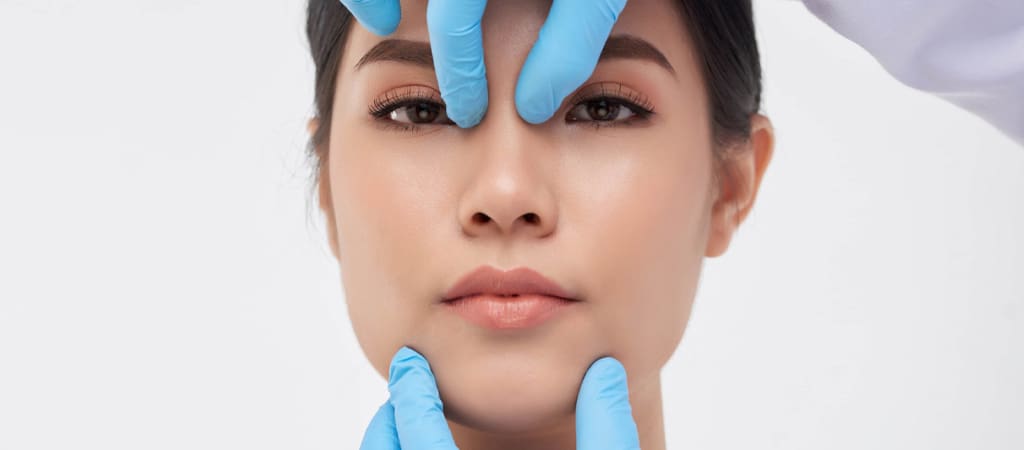
Rhinoplasty is a surgical procedure in the nose to solve breathing difficulties that may have been caused by an arched structure, bone and flesh issues, size and deformities of the nose. Rhinoplasty is also performed for aesthetic purposes.
Problems in the nose whether internal or external (aesthetic) may result in further issues if not treated earlier – for example an aesthetic deformity may be the reason for poor breathing. Talking to a doctor about the options can be the first step to planning surgery.
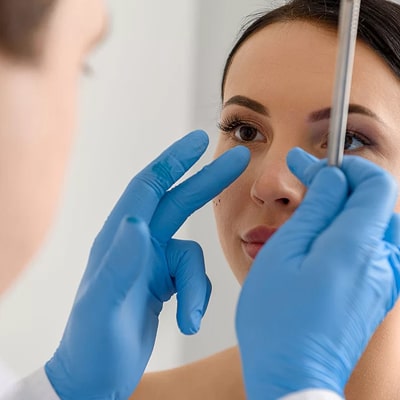
Open Nose Surgery
Rhinoplasty is performed in two different ways: Open and Closed surgery.
Open nose surgery is a process where a short incision is made in the lower end of the nose. Direct access to the bone is provided through this incision. The healing process of open nose surgery takes a shorter period. Damages in bone tissue and textural disorders can be eliminated with this method.
Closed Nose Surgery
Closed nose surgery is a process where the incisions are made on the inside of the nose.
In this procedure, the top of the nose is lifted through the internal incisions giving access to the bone to be operated on. This procedure is more suitable for individuals with bone structure problems, meat problems, and overall size problems. With the incision being in the inner part of the nose, it prevents all signs of scarring. The procedure can take anywhere between 2 to 3 hours.
Nose Tip Aesthetics (Tipplasty)
Tip Plasty, is another form of surgery that restores the cartilage at the front of the nose without touching the rest of the nasal bone. Tip Plasty surgery corrects the tip of the nose if it is curved, wide or irregular in shape. The surgery is performed under local anesthesia and the recovery time is minimum.
Who is Rhinoplasty Suitable For?
Rhinoplasty is suitable for patients who have nasal problems including:
- Structural problems
- Have an arched shaped nose
- Have a long shaped nose
- Have a wide nose
- Previous injuries resulting in a broken nose.
- Breathing difficulties
Although mostly known for aesthetic purposes, Rhinoplasty surgery is also considered for intranasal problems such as breathing difficulties and consistent stinging sensations. A thorough analysis and detailed examination by your doctor will determine the appropriate procedure. This surgery is suitable for individuals over 18 years of age who have concerns of the internal structure of the nose and/or aesthetic reasons.
How is Rhinoplasty Surgery Performed?
The first step of any procedure is a consultation with a physician to assess the various options available. The preoperative consultation is the most important step. The patient will undergo two separate examinations – one external and more thorough internal examination. The physician will then discuss the patient’s concerns and desired results and prepare a surgery plan.
Performed under general anesthesia, two incisions are made on the sides of the nose, under the skin to access and examine the bone, muscle and cartilage. The surgery may involve procedures including rasping, cutting, filing, and /or removing pieces according to the needs of the nasal structure. After the desired results have been fulfilled, stitches are applied, tampons may be inserted into the nostrils all supported with dressings and bandages.
The patient is then taken to their room to rest, where they will have to stay overnight or longer under observation, according to the Doctor’s advice.
The patient is asked to return to the clinic after a few days for tampon removal, and postoperative examination.
What is the recovery process after Rhinoplasty?
If the right precautions are taken, Rhinoplasty recovery is generally quite fast with minimum side effects. Symptoms in the early stages of recovery may include mild tingling and minor pain without causing any major discomfort.
The Doctor will prescribe medication to make recovery easier, but the patient must also take extra care during the healing period. This includes refraining from touching, blowing and rubbing the nose, and even washing the face including bathing for a specific period advised by the practitioner. The Doctor may also advise to follow a diet consisting of only liquids for a specified period. Patients can expect to return to daily life in a few weeks – some in as little as a few days.
Advantages of Rhinoplasty
A Rhinoplasty procedure provides many advantages, most being for the aesthetic appearance. The arched structure helps to correct structural disorders, size, and post-fracture repair situations, as well as prevent problems such as breathing and nasal stinging. Not only does it repair issues for breathing difficulties, but it also helps with hereditary issues due to differences in bone structures. In addition to positively affecting the patient’s psychology. The operation takes a short time, and does not cause any pain with a short recovery period. Patients can expect to return to daily life within a few weeks. Rhinoplasty is a permanent procedure and does not require repeat treatments such as nasal filling.
Rhinoplasty FAQ’s
Can the nose drop after Rhinoplasty?
Can the nose drop after Rhinoplasty?
The fact that with the passing years after a Rhinoplasty the nose will drop or renew itself is not true. There is no such thing that the nose will drop. As long as the nose doesn’t come into contact with any hard impact, or it is not hit, the nose retains its structure for many years.
Are there signs of breathing difficulties after Rhinoplasty?
Are there signs of breathing difficulties after Rhinoplasty?
Rhinoplasty solves not only the aesthetic problems of the nose, but also fixes the internal structure that causes the aesthetic problem of the nose. The structure of the nose may also be the cause of breathing difficulties. Rhinoplasty also eliminates any factors that prevent normal breathing. These factors may include nasal flesh and/or bone protrusion of the broken nose.
Can the size of the nose increase or show signs of growth after rhinoplasty?
Can the size of the nose increase or show signs of growth after rhinoplasty?
There are no unusual effects such as growth or enlargement of the nose after rhinoplasty surgery.
Why is it necessary to wait until the age of 18 and over to undergo surgery?
Why is it necessary to wait until the age of 18 and over to undergo surgery?
Individuals considering rhinoplasty must be of 18 years or older. This is due to being the age that facial growth and bone development in humans is complete.
Is the aftercare of rhinoplasty difficult?
Is the aftercare of rhinoplasty difficult?
The first dressing after surgery is done by the physician and/or staff while still under anesthesia. Once the narcosis effect wears off and the patient awakes, a second round of dressing will be done again by hospital staff if required. Aftercare can easily be maintained by the patient or those close to the patient at home.


